The Most On The Coast: Student reflects on study abroad experience
Over the summer, senior Ana Gajewski was part of a study abroad program called Loop Abroad. She worked with Latin American Sea Turtles.
October 26, 2022
This summer I went on the biggest adventure of my life. I had the crazy idea to travel to Costa Rica all by myself to spend two weeks with people I didn’t know to research sea turtles, do conservation work, learn from veterinarians and immerse myself in a new culture.
I did this through a study abroad program called Loop Abroad. We worked with Latin American Sea Turtles, LAST, helping with their sea turtle research and mangrove conservation projects on the Osa Peninsula of Costa Rica. We had the opportunity to assist veterinarians with a dog and cat spay-neuter campaign.
Working with all the animals was an amazing experience. Costa Rica is a beautiful place, and the wildlife there is astonishing. On our first day, we saw a sloth on a low tree, and seeing an animal like that living freely was so incredible.
We had the opportunity to hike Corcovado National Park on one of the days that we were not working. I will never forget this day. It was quite eventful, starting at 3 a.m. to drive to the park and start the hike early enough that we would be able to get back without the tide being too high.
Our guide Carlos was a very funny man, so it was never a dull moment between making jokes with him, crossing rivers, watching monkeys swing from branches right above my head, to one of the girls, Katie-Ann, spraining her ankle and hitching a ride back on a horse.
Although the tourist days were fun, the best part of the trip was the experience with animals. Out of the four sea turtle monitoring and research days, we caught five turtles — three green sea turtles (Chelonia mydas) and two hawksbills (Eretmochelys imbricata).
In the morning we went out on a boat to set a net and then monitored it, and if a sea turtle was caught, then we took it back to the beach to weigh it, measure it, remove any parasites, record any tracking numbers and place tags*. This research is necessary for learning about sea turtle behavior, patterns that they follow during different cycles and conservation.
We also had the opportunity to assist veterinarians in preoperative and postoperative procedures as well as sit in on surgeries for dogs and cats. This was special because I learned so much and received so much hands-on experience that I wouldn’t otherwise be able to experience until vet school. I am so grateful for all the experiences and people that I met in Costa Rica. Pura Vida!
*safety and biosecurity precautions were taken; no animals were harmed


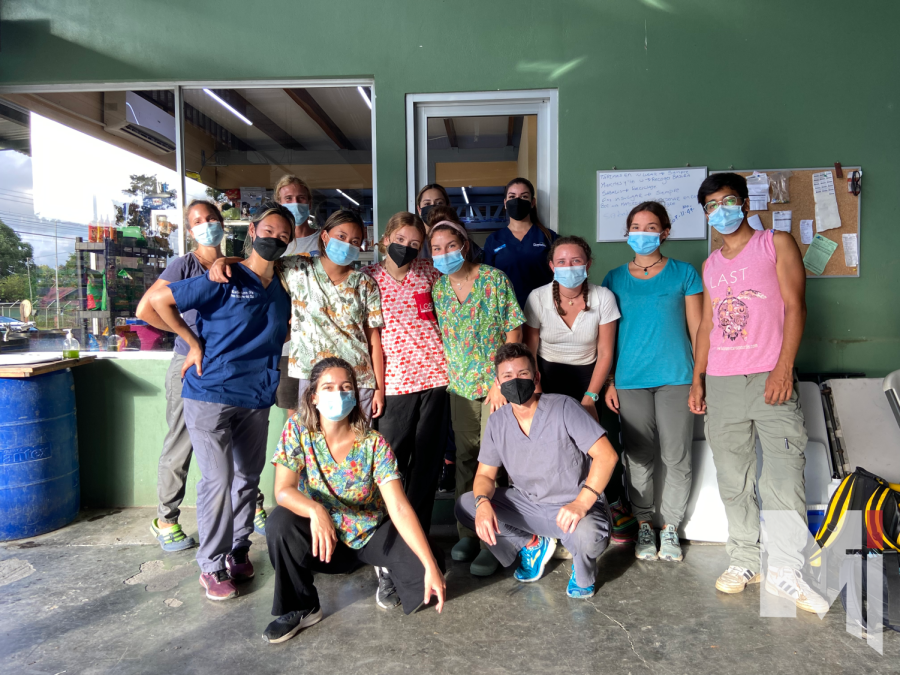

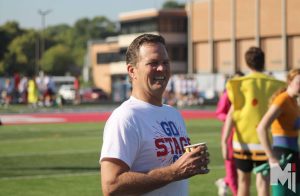
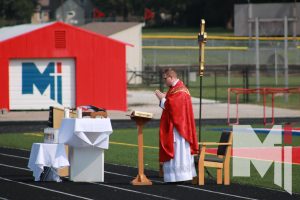
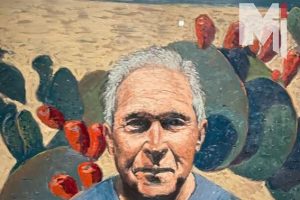
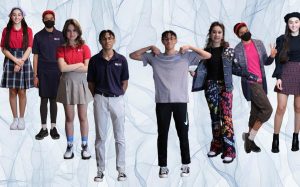
Cindy Gajewski • Oct 27, 2022 at 10:26 am
What an amazing experience! I am so proud of you and your adventurous spirit! Great article and thank you for sharing!